May 19, 2025 | 16:37 GMT +7
May 19, 2025 | 16:37 GMT +7
Hotline: 0913.378.918
May 19, 2025 | 16:37 GMT +7
Hotline: 0913.378.918
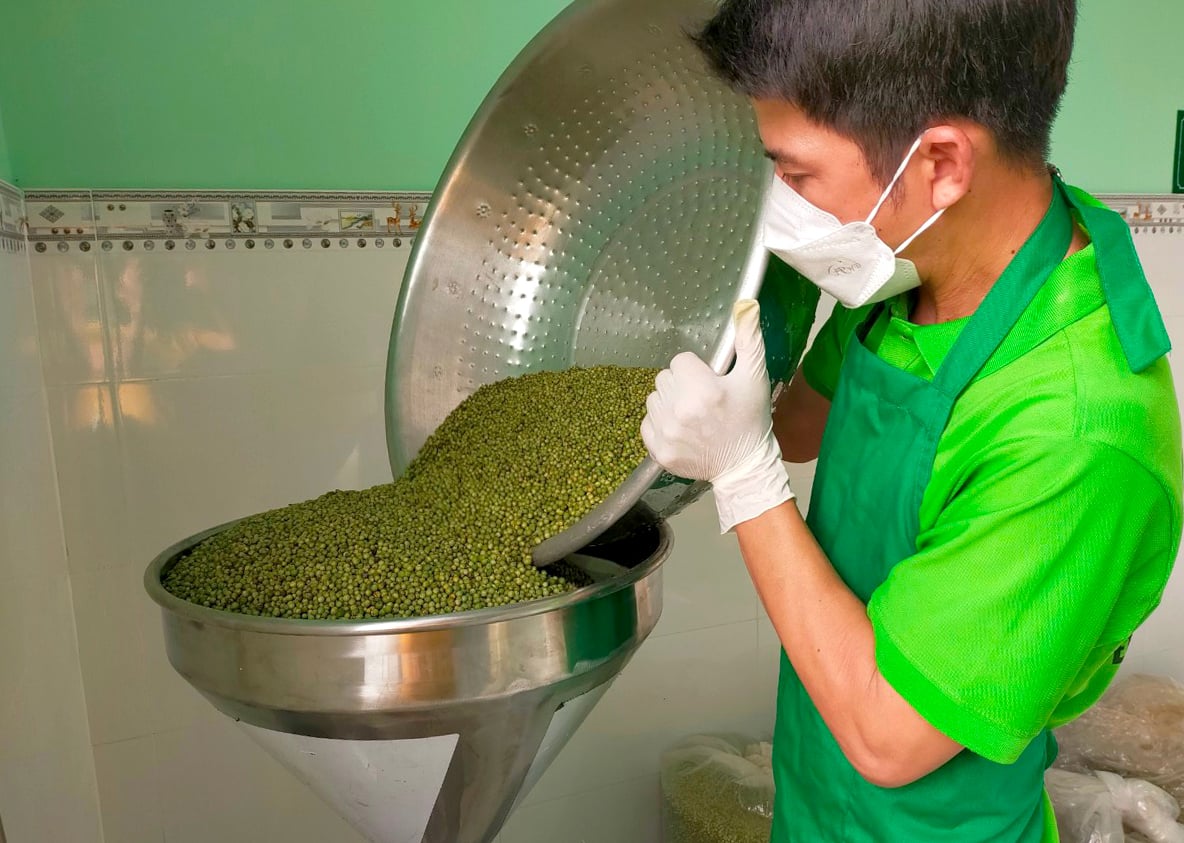
Organic black pepper from a cooperative in Binh Phuoc. Photo: Son Trang.
According to a statistic from FAO, the global cultivation area for spice in 2020 reached approximately 7.21 million hectares across 123 countries. Among these, India accounted for the largest area at 47%, followed by Indonesia at 14%, Ethiopia at 7%, China at 7%, and Vietnam at 3%.
Despite ranking fifth in terms of spice cultivation area, Vietnam ranks third in terms of spice exports. Information from the Vietnam Pepper and Spice Association (VPSA) reveals that global spice exports have shown a consistent growth trend over recent years, increasing from around 8 billion USD in 2011 to about 13.45 billion USD in 2021. The primary supply sources come from major producing countries including India, China, Vietnam, Indonesia, and Madagascar. These five countries contribute over 54% of the total export value. Specifically, India accounts for 20% of the global spice trade value, China 13%, Vietnam 11%, Indonesia 6%, and Madagascar 5%.
Within the current spice trade basket, the largest shares belong to chili peppers (20%) and black pepper (16%). Following are ginger (9%), cinnamon (8%), and cardamom (8%). These top 5 spice varieties constitute over 61% of the total global spice export value in 2021.
Vietnam's advantage in the spice sector lies in the fact that among the top 5 spice varieties, the country holds a competitive edge in production and exports of four products: chili peppers, black pepper, ginger, and cinnamon. In the case of black pepper, Vietnam has consistently been the world's largest producer and exporter for many years. As for cinnamon, Vietnam also takes the lead in both production and export with an annual output of 45,000 tons.
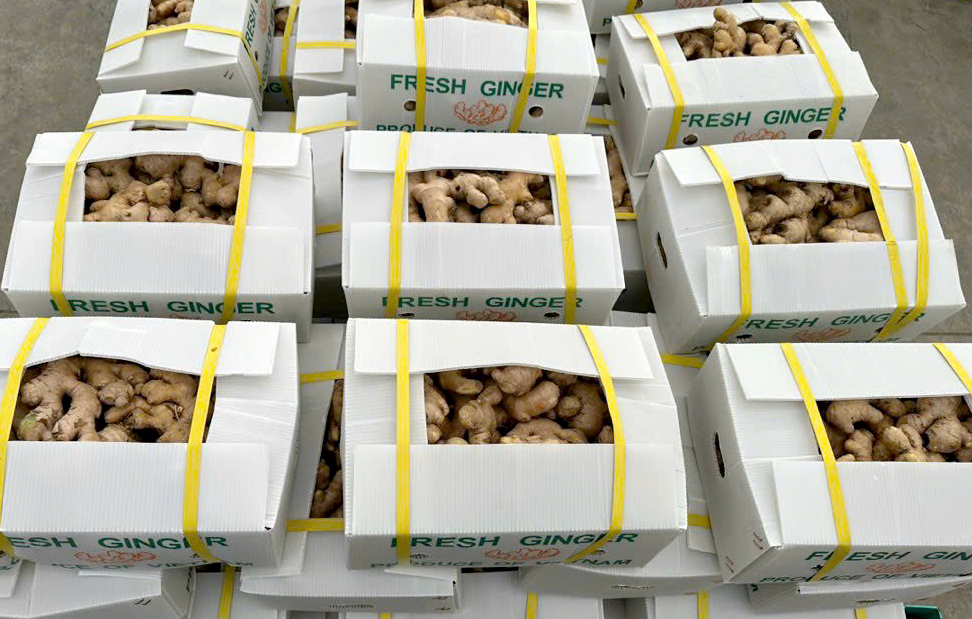
Vietnamese fresh ginger. Photo: Son Trang.
Global demand for spices is continuing to rise due to many types of spices having health-supporting, immune-boosting, and disease-fighting properties. For instance, the curcumin extract from turmeric reached a trading value of approximately 58.4 million USD in 2019, and it is forecasted to have an annual growth rate of over 10% until 2027.
The exceptional attributes of essential oils extracted from various spice plants are helping replace synthetic flavor and color additives in the food and beverage industry. This is promising for the market growth of spice-derived essential oils. The global market's trade value reached 1.2 billion USD in 2019 and is projected to reach 1.7 billion USD by 2025, with an annual growth rate of around 6%.
With the market demand and production/export capabilities in mind, the Vietnamese spice industry has set the goal of achieving approximately 1.8 billion USD in pepper and spice exports by 2025 and potentially reaching 2.5-3 billion USD by 2030.
Mr. Viet Anh, the Head of VPSA's Office, stated that to achieve these objectives, Vietnam will develop the spice sector sustainably. First and foremost is stabilizing the cultivation area for black pepper and other spices, with a total area of around 450-500 thousand hectares, of which black pepper occupies 100-110 thousand hectares. The total spice production is about 500 thousand tons (with black pepper accounting for up to 200 thousand tons per year).
Additionally, efforts will focus on enhancing the quality and productivity of each product type, expanding the cultivation area for certified organic spices, and strengthening production linkages between businesses and cooperatives for training and capacity-building of spice farmers.
Concurrently, social responsibilities will be fulfilled, including ensuring gender equality and supporting women – a crucial labor force in spice-producing regions. This involves increasing opportunities for women to participate in the pepper and spice supply chain. Environmental protection is also of particular concern, with a focus on reducing the use of fertilizers, pesticides, and plant protection products, increasing the use of organic fertilizers, decreasing greenhouse gas emissions, biodiversity conservation, climate adaptation, and reducing environmental pollution.
In the first six months of this year, Vietnam's spice exports reached 718.6 million USD. Black pepper remains the largest item with 485.9 million USD, followed by cinnamon with 129.2 million USD, star anise with 45.7 million USD, chili peppers with 13.6 million USD, betel nut - areca nut with 12.9 million USD, and ginger, turmeric, and other spices with 31.3 million USD.
Translated by Nguyen Hai Long
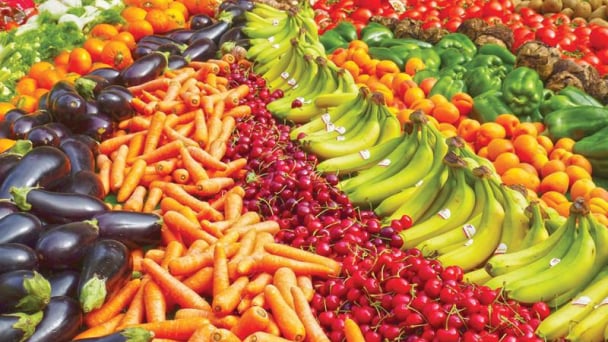
(VAN) On May 15, Ministry of Agriculture and Environment of Vietnam hosted the 'Connecting Vietnam - Germany agricultural, forestry and fishery trade' seminar in Berlin, Germany.
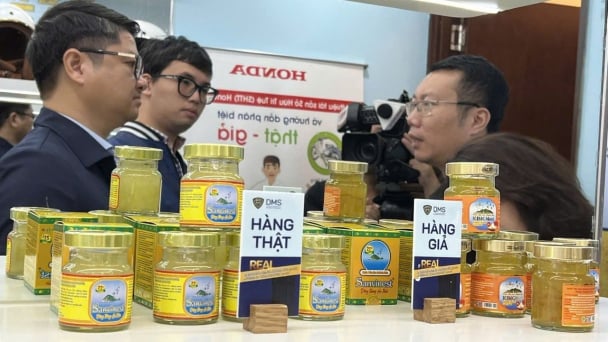
(VAN) In the face of counterfeit and imitation products, Khanh Hoa Salanganes Nest Company hopes for the prompt completion of the legal framework, strict enforcement against violations, and protection of the bird’s nest brand.
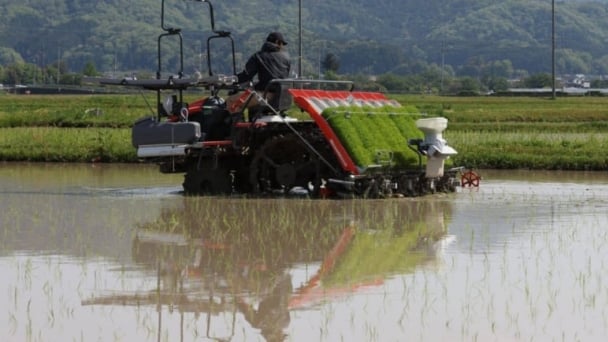
(VAN) Japan's efforts to lower the price of rice through the release of its stockpile may finally be making some progress, albeit at a snail's pace.
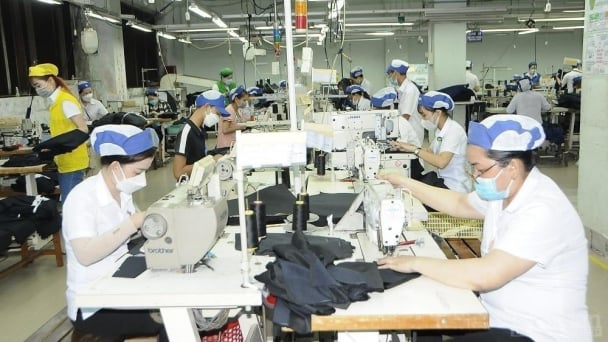
(VAN) U.S. tariffs are not only a 'shock', but also an opportunity for Vietnamese businesses to renew their mindset toward comprehensive development.
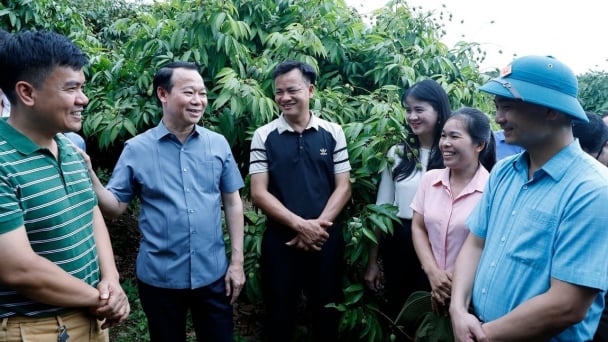
(VAN) As Bac Giang lychee enters the harvest season, Minister Do Duc Duy expects that the fruit will contribute greatly to agricultural exports due to standardized production and deep processing.
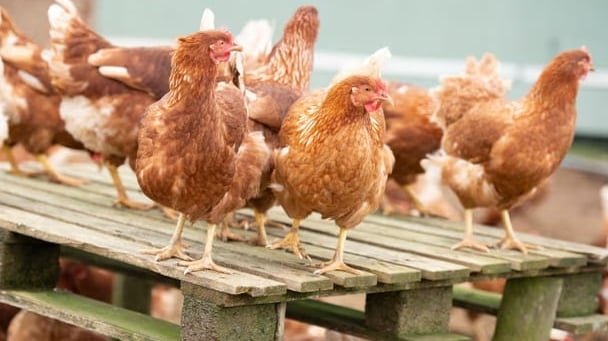
(VAN) Consumers have shown a preference for free-range eggs, but those farming systems are more vulnerable to biosecurity risks like bird flu.
/2025/05/09/5701-1-184335_301.jpg)
(VAN) Vietnam’s eel exports nearly doubled thanks to a mud-free farming model, opening up new prospects while still facing numerous barriers related to international standards.